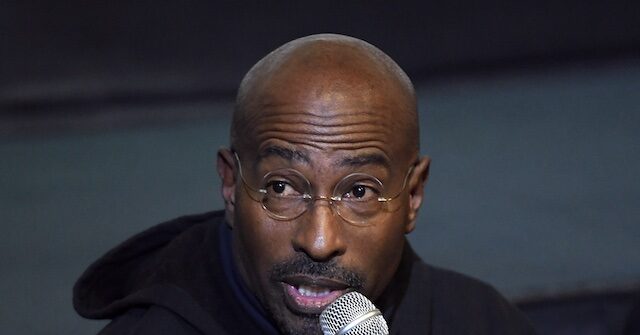During CNN’s election coverage, Van Jones, a political commentator and former adviser to President Obama, addressed the complexities surrounding the 2024 election results. He highlighted the profound influence of racial and gender dynamics on how candidates are perceived and treated in the political arena. Specifically, he noted that President-Elect Donald Trump enjoyed a level of freedom in his behavior that is rarely afforded to female candidates of color, such as his opponent, Vice President Kamala Harris. Jones emphasized the “bitter in the mouth” sentiment stemming from this disparity, reminding viewers of the societal constraints faced by candidates from marginalized backgrounds.
Jones elaborated on this issue by posing a rhetorical question: could one envision a woman of color behaving as Trump did during the campaign without facing severe scrutiny? He asserted that the kinds of insults Trump used, and his overall brash demeanor, exemplified behavior that is often dismissed or excused in white male candidates but conflicts with societal expectations of women and people of color. This discrepancy underscores a broader conversation about bias and the entrenched standards that govern public perception and acceptance of different candidates, particularly those from minority backgrounds.
The commentary illuminated the double standards that exist in the political landscape, where Trump’s flamboyant and often controversial behavior allowed him to maintain his campaign viability. In contrast, Jones argued that candidates like Kamala Harris, who belong to both racial and gender minorities, operate under an unspoken set of rules that limits their expressions and behaviors. This situation creates a palpable tension as candidates from these communities navigate their public personas, always cautious about the implications of their actions on broader societal beliefs about their races and genders.
Jones acknowledged that while racial and gender dynamics clearly played a role in the election’s outcome, there were undoubtedly multiple factors at play. He called attention to the complexity of political elections, suggesting that attributing the results to any single cause would be an oversimplification. This nod to the multifaceted nature of electoral politics indicates that while bias against female candidates and candidates of color is significant, it functions within a broader context that includes economic, social, and political variables that also influenced voter behavior.
Through his commentary, Jones instigated a critical dialogue about race, gender, and the political system, urging viewers to reflect on the nuances that accompany the election of leaders in a diverse society. He touched on the broader implications of how candidates are judged, urging an examination of the systemic inequities that affect the candidacies of marginalized individuals and how they engage with the electorate. In doing so, he underscored the need for a more empathetic understanding of the challenges that prospective leaders from diverse backgrounds encounter.
Ultimately, Van Jones’s insights serve as a reminder of the ongoing struggle for equality and representation in politics. By drawing attention to the unique burdens faced by candidates of color and women, he calls for a reevaluation of societal expectations and norms that shape our political landscape. As the electoral results reverberate through society, there exists an opportunity for continued discussion around these issues, promoting a greater awareness of bias and fostering a more inclusive political environment that genuinely reflects America’s diverse population.

